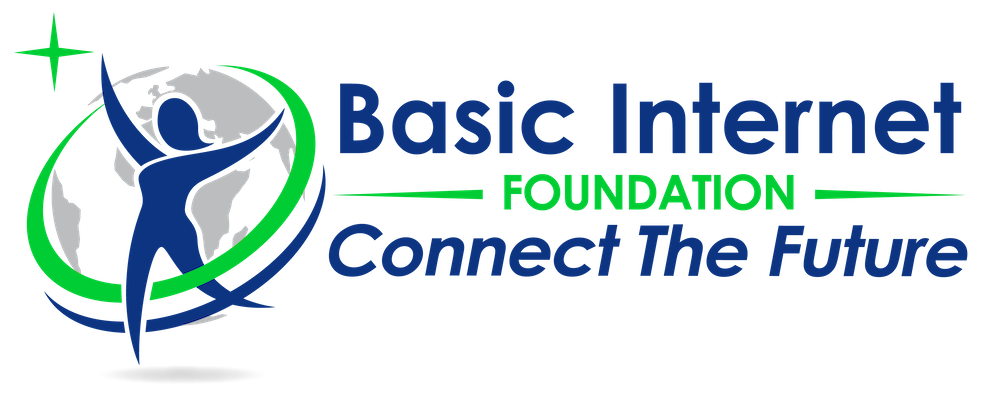Basics of Solar Systems
SESA – Smart Energy Solutions for Africa is a collaborative project between the European Union and nine African countries (Ghana, Kenya, Malawi, Morocco, Namibia, Nigeria, Rwanda, South Africa and Tanzania) that aims at providing energy access technologies and business models that are easily replicable and generate local opportunities for economic development and social cohesion
in Africa.
01-Basics of Solar Systems
To kick off this course, we start from the very basics. This video will provide you with a better understanding of how electricity is measured, an overview of the solar energy technologies existing, what to consider about sun power, the key component of a PV system (including batteries) to finally touch upon the pros and cons of solar PV technology.
See the slides (.pdf)
02-Sizing Solar PV Systems
How much power would you need for your site and what size of equipment (batteries, module/panel, charger controller, inverter) would you need for that? The answer is in the video.
03-Installation and operation of solar PV
Learn the steps to proceed toward a PV installation. It is extremely important to properly conduct an evaluation of the site where the installation is planned as well as to have the right tools to do it properly and safely!
See the slides (.pdf)
04-Solar Maintenance and Safety
Whenever some equipment is manipulated, safety rules must be kept in mind. The lesson points out the rules that have to be followed in order not to harm oneself. At the same time, it is important to take good care of the PV system too and to detect any problem timely to avoid it reduces consistently the performance of the installation or, worst case scenario, it compromises.
05-Solar Energy Applications
Solar energy is not just about providing electricity to your house or the local school, it can really support boosting activities (and the local economy) by supporting the roll out of productive processes, this is what this lesson is about. You will learn more about the connection solar can have with water, food and mobility with a lot of examples to demonstrate how this works in practice.
06-Suitable Conditions for PV Installations
To get the most of a solar installation, it is important to have the proper conditions. Elements such as meteo stations and soil sensors can help in defining the project and monitoring its functioning once it is realized. This lesson also covers the elements determine the suitability of PV Systems (Performance, investment, O&M) and finally present some tools.
07-Solar PV System Design Exercise
Learn the steps to proceed toward a PV installation. It is extremely important to properly conduct an evaluation of the site where the installation is planned as well as to have the right tools to do it properly and safely!
http://sesa-euafrica.eu
This project has received funding from the European Union’s Horizon 2020 research and innovation programme under grant agreement No. 101037141. This material reflects only the views of the Consortium, and the EC cannot be held responsible for any use that may be made of the information in it.
